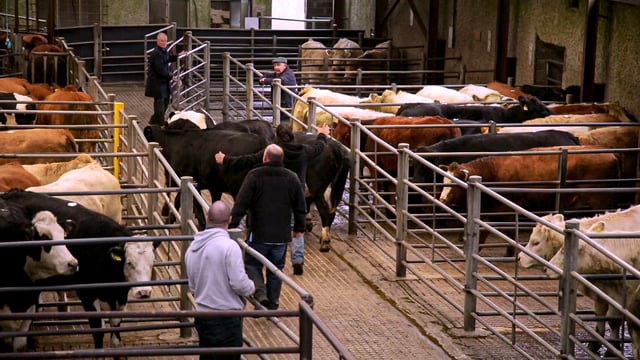Get on top of lameness this autumn
As farms head into the final grazing rotation, it is a good time to get ahead of lameness issues on farms.
During the autumn, as silage ground is generally introduced to the grazing block, cows are required to walk longer distances. This can lead to small issues on cows' feet coming to the surface and results in cows becoming lame.
It is also a good idea to get ahead of lameness issues before cows are housed for the winter months. Once cows enter the shed lameness issues can often appear, but it is likely that this issue was present even before they entered the shed.
So with that in mind, over the coming days and weeks, cows should be monitored for any signs of lameness.
There are a number of methods to detect lameness issues in cows, such as locomotion or mobility scoring.
These tools can detect cows with small issues, which can then be treated before they develop into something bigger.
Not only does lameness have an economic impact, it is also a welfare issue, as a cow may be in pain.
This is why regular monitoring and hoof pairing on farms is so important.
Herd assessments should be done when the cows are walking on level, unobstructed walkways that give the observer a clear view.
On many farms, locomotion scoring is frequently performed when the cows are leaving the milking parlour.
The key to locomotion scoring is knowing that a cow’s hind foot should land in the same place as her front foot; failure to do this may be an indication of a lameness issue.
Locomotion scoring is a five-point system based on both gait and posture:





